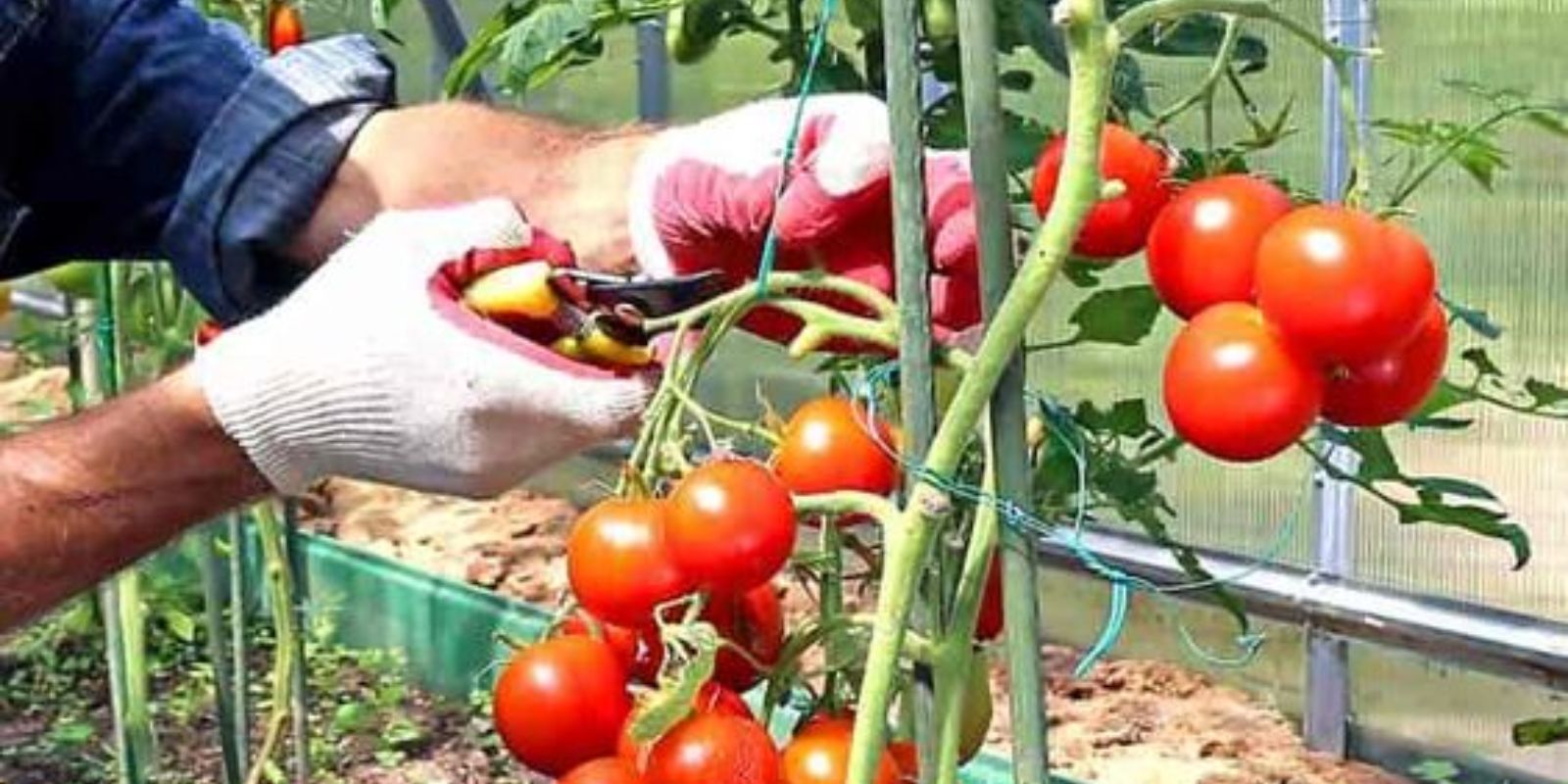Growing tomatoes at home is a fulfilling and delicious venture that anyone can undertake, regardless of their gardening experience. Tomatoes are a staple in many dishes and offer a burst of freshness and flavor that store-bought varieties often lack. This article will guide you through a straightforward method to cultivate your own tomato plants, providing tips and tricks to ensure a bountiful harvest. Whether you have a spacious garden or a small balcony, you can successfully grow tomatoes with the right preparation and care.
Introduction to Tomato Cultivation
Tomatoes (Solanum lycopersicum) are one of the most popular vegetables grown in home gardens. They are versatile, nutritious, and relatively easy to grow, making them an ideal choice for gardeners of all skill levels. The process of growing tomatoes involves several key steps: preparing the soil, planting the seeds, and maintaining the plants. This guide will focus on a practical approach that maximizes growth and yield.
Preparing the Soil
- Gather Your Materials: Before planting, you need to gather essential materials, including tomato seeds, a planter or garden bed, gardening gloves, soil, sand, and expanded clay. Choosing high-quality seeds is crucial, as this will influence the health and productivity of your plants.
- Create the Ideal Soil Mix: The soil mix is the foundation of your tomato plants’ growth. Combine soil, sand, and expanded clay in a 4:1 ratio. This mixture provides excellent drainage, essential for preventing waterlogging, which can lead to root rot and other diseases. The sand helps to improve soil aeration, while the expanded clay retains moisture and nutrients.
- Prepare the Planter: If you’re using a planter, ensure it has drainage holes at the bottom to prevent water accumulation. Place a layer of expanded clay at the bottom of the planter. This layer will enhance drainage and prevent the roots from sitting in water.
Planting the Tomato Seeds
- Fill the Planter with Soil Mix: Fill your planter or garden bed with the prepared soil mix, leaving some space at the top. This will give you room to add more soil as the plants grow.
- Plant the Seeds: Make a small hole in the center of the soil, about 1/4 inch deep. Place two or three tomato seeds in the hole and cover them lightly with soil. Planting multiple seeds increases the chances of successful germination.
- Watering: After planting, water the seeds gently. The goal is to keep the soil moist but not waterlogged. Overwatering can cause seeds to rot or seedlings to develop weak roots. Watering should be done regularly, ideally in the late afternoon or early evening, to minimize water evaporation and reduce the risk of disease.
Caring for Your Tomato Plants
- Germination and Early Growth: In about ten days, you should see the first green sprouts breaking through the soil. This stage is crucial, as the young plants are vulnerable. Ensure they receive adequate sunlight, ideally six to eight hours a day. If you’re growing indoors, consider using grow lights to supplement natural light.
- Thinning the Seedlings: Once the seedlings have grown a few inches tall and have several sets of leaves, thin them out. Keep the strongest seedlings and remove the weaker ones. This reduces competition for nutrients and space, allowing the healthiest plants to thrive.
- Supporting the Plants: As the tomato plants grow, they may need support to prevent the stems from breaking under the weight of the fruit. Use stakes, cages, or trellises to support the plants. Secure the stems gently with ties, being careful not to damage the plants.
Crucial Tips for Successful Tomato Cultivation
- Timing of Planting: The timing of planting is crucial for the health of your tomato plants. It’s best to plant seeds during the cooler hours of the day, such as late afternoon, to avoid stressing the plants with excessive heat.
- Soil and Nutrient Management: Tomatoes are heavy feeders, meaning they require a lot of nutrients to produce healthy fruits. Regularly fertilize your plants with a balanced fertilizer, rich in nitrogen, phosphorus, and potassium. Additionally, add organic matter like compost to the soil to improve fertility.
- Pest and Disease Control: Keep an eye out for common tomato pests such as aphids, whiteflies, and caterpillars. Use organic pesticides or natural predators like ladybugs to control these pests. To prevent diseases, avoid overhead watering, which can promote fungal infections. Instead, water at the base of the plants.
Harvesting and Enjoying Your Tomatoes
Tomatoes are typically ready for harvest 60 to 80 days after planting, depending on the variety. The fruit should be fully colored and slightly soft to the touch. Harvest tomatoes regularly to encourage the plant to produce more fruit. Freshly harvested tomatoes can be enjoyed in salads, sauces, or simply eaten fresh.
Conclusion
Growing tomatoes at home is a rewarding experience that provides you with fresh, flavorful produce. By following the steps outlined in this guide—preparing the soil, planting seeds, and caring for your plants—you can enjoy a bountiful harvest. Whether you’re a seasoned gardener or a beginner, these tips will help you cultivate healthy tomato plants and enjoy the fruits of your labor.
Call to Action
If you have any questions or tips of your own, please share them in the comments below. Happy gardening! 🌱🍅

